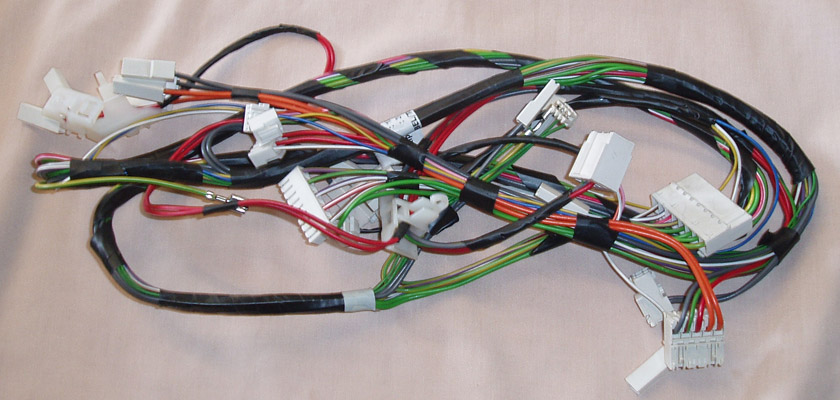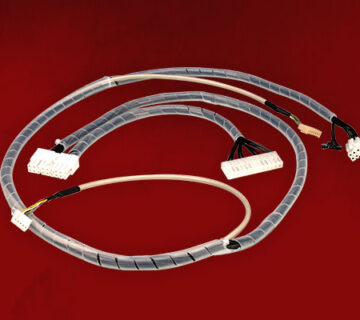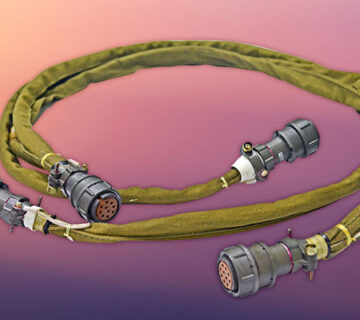When designing any new product, engineers tend to focus mainly on its features, functionalities, and cost. In the process, what they forget is to think about the wiring until the last stage. In fact, engineers need to put their thoughts into the various elements of wiring like wire length, bending radius, and routing. As a matter of fact, engineers tend to make several mistakes while designing cable harnesses, some of the most common ones mentioned below.
Mistake 1 – Cutting the wires too short that tends to scrap the entire cable harness.
Mistake 2 – Failure to control and translate the analytical, functional, and commercial requirements of the harness into connected product lifecycle management methodologies and workflows. These include all kinds of design elements, manufacturability, product variation, mass production, and customer demand.
Mistake 3 – Not carrying through the initial design intent as far as connectivity definition is concerned.
Mistake 4 – Lack of standardization in design and manufacturing criteria, which ultimately result in huge financial costs.
To avoid the above mentioned mistakes, and any other mistakes for that matter, it is important that you make a few considerations when planning for cable harnesses, one of the most crucial parts of your equipment, so that you can contribute to more efficient processes with more effective results. Also, you need to work with a reputed and reliable electrical supplier to determine the best way to handle designing of a cable harness. This means that you must approach Miracle Electronics, one of the most well-known cable harness manufacturers in India, who can help identify your options and develop a solution precisely aligned to your needs.
Environmental Considerations
Out of the multiple number of factors to be considered for the designing of cable harnesses, environmental factors are the most important ones. For example, some harnesses are exposed to extreme temperatures like those routed near the engine or exhaust. On the other hand, there are other harnesses that are exposed to water, chemicals, oil, or dirt. Another environmental factors to consider is exposure to abrasion for which the harnesses need to be flexible. Therefore, selecting the right kind of cable harness is important, or it may lead to failures, safety concerns, and insulation breakdowns.
Design Considerations
First of all, you need to be very clear regarding the dimensions and tolerances. Next is the type of covering required including tape, woven, split sleeve, or conduit. All these coverings have different purposes and pros and cons. Understanding all this is important to determine the best covering for your particular application. Next comes wire colouring and labelling. You need to mention your preferred wire colours and text that you want printed or labelled on your wires to help identify circuit names. Also, note all other kinds of labelling that you require on your harnesses.
Other Considerations
Other considerations that are important for your cable harness design procedures involve the type of wires, splicing, terminals, connectors, etc. There are many different types of wires with variations including insulation material, plating, voltage ratings, etc. There are also many different types of seals, terminators, and connectors. Different connectors accomodate different types of seals and terminators, specific to different wire gauges, wire insulation thicknesses, and terminal plating.
Testing
The last and very important step is testing the cable harness. Use various testing methods like passing a high voltage test, continuity test, etc.




